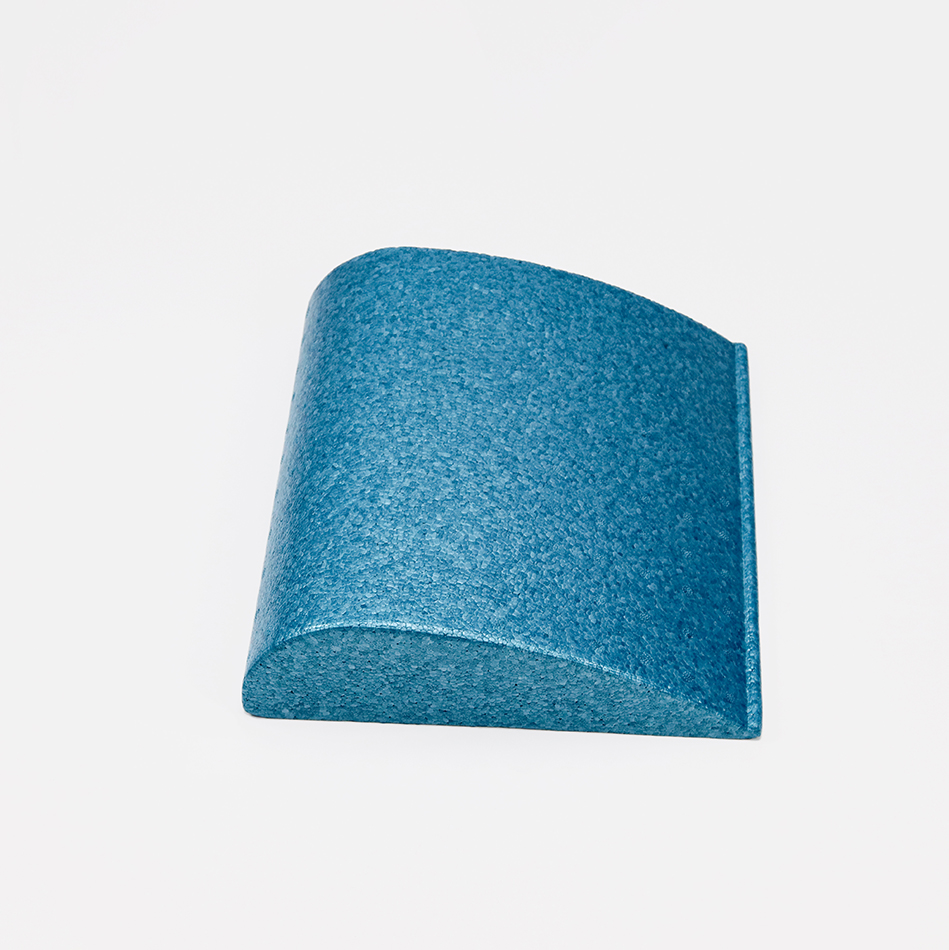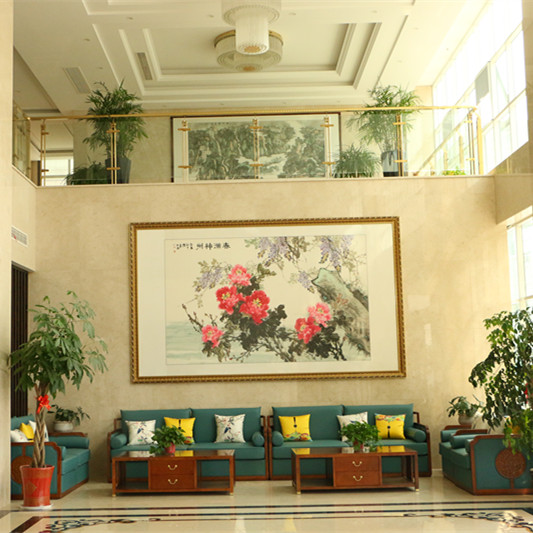BHP Billiton Negotiation Continues Increased Uncertainty in Steel Prices
After the long-term price negotiations between Baosteel and Rio Tinto in 2008, BHP Billiton, another major mining giant in Australia, stated that it has yet to reach a price agreement with the demanding steel mills and said that “the price of Rio Tinto†still has a gap with the current market situation. .
Analysts pointed out that since Rio reached a completely different long-term contract price with Brazil's Vale, it broke the traditional pricing mechanism and the future iron ore negotiations will add more uncertainties.
The day before yesterday, Baosteel and one of the Australian mining companies, Rio Tinto, reached a 2008 long-term ore contract price agreement, which rose as high as 96.5%, higher than the 65%-71% rise achieved by Chinese steel companies and Brazilian miner Vale earlier this year. The price range. Regarding the results achieved by the "city brothers" and Chinese steel companies, BHP Billiton chief executive Marius Kloppers said yesterday that the results of the negotiations have made a small step forward compared to the results of other previous negotiations between supply and demand. Proving that the market recognizes the difference in freight rates, Australian iron ore producers can offset higher freight rates (FOB) to offset lower freight rates, which Australian mineral companies have long hoped for.
However, Gorreuth declined to discuss the deeper impact of the results and whether BHP Billiton would accept this price, but said that the current prices negotiated between Rio Tinto and China are still different from the market conditions and are not enough to fully reflect the current market situation. .
According to an agreement reached between Baosteel and Rio Tinto, the average price of long-term agreements for iron ore in 2008 rose by about 85%, which is equivalent to an increase of about US$10 per ton compared to the prices agreed between Brazil and Baosteel, and Brazil currently The freight difference between China and Australia to China is about 50 to 60 US dollars per ton.
“We are currently demanding to offset about a quarter of the long-term freight spread estimate,†said Gao Ruisi. “Obviously, we still have work to do in this area.â€
My strongest analyst from the Iron and Steel Research Center (MRI) yesterday pointed out that after the price agreement between Baosteel and Rio Tinto was reached, the cost of the iron and steel enterprises increased again, and the price of the ore mining agreement increased by 79.88%, which would increase the purchase cost compared to last year. US$41.8/tonne, which is US$7.84/ton more than the 65% increase in southern Brazil’s fines; the cost of smelting one ton of pig iron also increased by US$65/ton, which is US$12 more than the 65% increase in southern Brazil’s fines. /Ton.
As for the impact on the spot market, Zeng Shengsheng believes that the conclusion of this agreement reduces market uncertainties, and it is estimated that it will slightly promote the current spot mines, and will make the sales of port inventory mines relatively active.
However, the signing of this agreement will add many uncertainties to the future iron ore negotiations. Many analysts believe that due to the agreement reached with Rio Tinto this time, it means that long-term contracts of different suppliers have been broken by the same price mechanism, so Australian suppliers will still make the same request next year. In addition, Brazil’s Vale may no longer be the first to reach an agreement with the steel mills, but instead wait for the Australian suppliers to reach an agreement and accept the increase directly. At this time, the steel companies may no longer claim the increase as easily as they did this year. Less than Australian suppliers' gains. According to estimates, Rio Tinto will receive nearly 2 billion U.S. dollars in revenue compared with the price reached in Vale.
Analysts pointed out that since Rio reached a completely different long-term contract price with Brazil's Vale, it broke the traditional pricing mechanism and the future iron ore negotiations will add more uncertainties.
The day before yesterday, Baosteel and one of the Australian mining companies, Rio Tinto, reached a 2008 long-term ore contract price agreement, which rose as high as 96.5%, higher than the 65%-71% rise achieved by Chinese steel companies and Brazilian miner Vale earlier this year. The price range. Regarding the results achieved by the "city brothers" and Chinese steel companies, BHP Billiton chief executive Marius Kloppers said yesterday that the results of the negotiations have made a small step forward compared to the results of other previous negotiations between supply and demand. Proving that the market recognizes the difference in freight rates, Australian iron ore producers can offset higher freight rates (FOB) to offset lower freight rates, which Australian mineral companies have long hoped for.
However, Gorreuth declined to discuss the deeper impact of the results and whether BHP Billiton would accept this price, but said that the current prices negotiated between Rio Tinto and China are still different from the market conditions and are not enough to fully reflect the current market situation. .
According to an agreement reached between Baosteel and Rio Tinto, the average price of long-term agreements for iron ore in 2008 rose by about 85%, which is equivalent to an increase of about US$10 per ton compared to the prices agreed between Brazil and Baosteel, and Brazil currently The freight difference between China and Australia to China is about 50 to 60 US dollars per ton.
“We are currently demanding to offset about a quarter of the long-term freight spread estimate,†said Gao Ruisi. “Obviously, we still have work to do in this area.â€
My strongest analyst from the Iron and Steel Research Center (MRI) yesterday pointed out that after the price agreement between Baosteel and Rio Tinto was reached, the cost of the iron and steel enterprises increased again, and the price of the ore mining agreement increased by 79.88%, which would increase the purchase cost compared to last year. US$41.8/tonne, which is US$7.84/ton more than the 65% increase in southern Brazil’s fines; the cost of smelting one ton of pig iron also increased by US$65/ton, which is US$12 more than the 65% increase in southern Brazil’s fines. /Ton.
As for the impact on the spot market, Zeng Shengsheng believes that the conclusion of this agreement reduces market uncertainties, and it is estimated that it will slightly promote the current spot mines, and will make the sales of port inventory mines relatively active.
However, the signing of this agreement will add many uncertainties to the future iron ore negotiations. Many analysts believe that due to the agreement reached with Rio Tinto this time, it means that long-term contracts of different suppliers have been broken by the same price mechanism, so Australian suppliers will still make the same request next year. In addition, Brazil’s Vale may no longer be the first to reach an agreement with the steel mills, but instead wait for the Australian suppliers to reach an agreement and accept the increase directly. At this time, the steel companies may no longer claim the increase as easily as they did this year. Less than Australian suppliers' gains. According to estimates, Rio Tinto will receive nearly 2 billion U.S. dollars in revenue compared with the price reached in Vale.

AB Mat is the perfect mat for a home gym, and a perfect mat for both men and women, and one size fits all.
Ab Mats are mostly found in gyms where sit-ups are done in huge sets. It is one of the reasons for the huge popularity of Ab Mats, and they also help you build healthier and stronger core muscles.
The Ab Mat contains an extra cushion that relieves the pain that you may have experienced while doing high capacity Ab workout.

Sit-Up Mat,Gym Mat Sit-Up Mat,Sit-Up Pad Core Mat,Sit-Up Training Mat
Jiangsu Laiao Material Technology Co., Ltd. , https://www.jslaiao.com